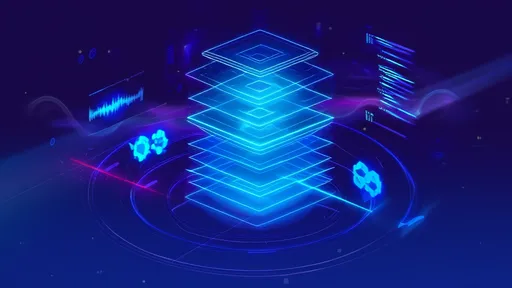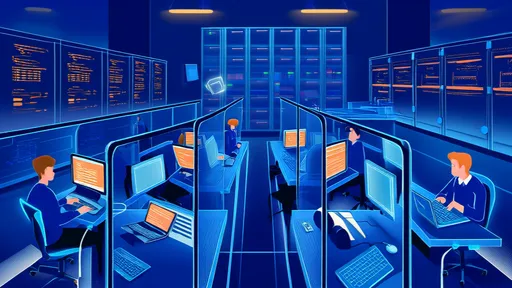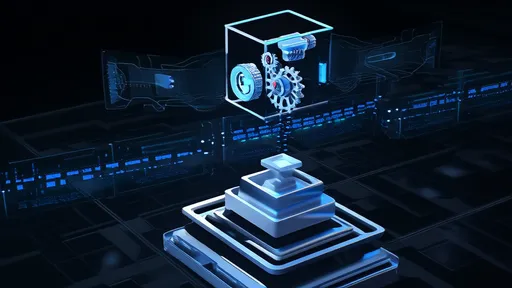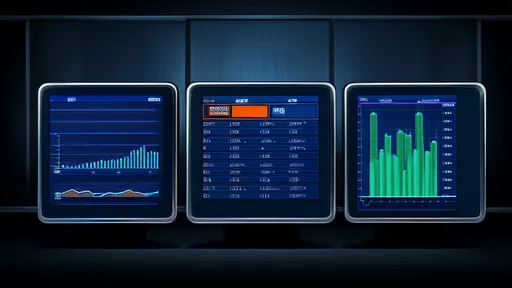The landscape of technical documentation has undergone a seismic shift in recent years, driven by the increasing demand for efficiency, accuracy, and collaboration. As teams become more distributed and projects grow in complexity, traditional methods of creating and maintaining documentation are proving inadequate. Enter document-as-code tools—a paradigm that treats documentation with the same rigor as software development. This approach is not merely a trend but a fundamental rethinking of how technical content is created, managed, and shared.
At its core, the document-as-code methodology leverages the principles of version control, automation, and collaboration that have long been staples in software engineering. By storing documentation in plain text formats like Markdown or reStructuredText, teams can use tools such as Git to track changes, manage revisions, and merge contributions from multiple authors. This eliminates the chaos of conflicting edits and the inefficiency of emailing documents back and forth. The result is a streamlined workflow where documentation evolves in lockstep with the product it describes.
One of the most compelling advantages of document-as-code tools is their ability to integrate seamlessly into existing development pipelines. Documentation can be automatically generated from source code comments, tested for broken links or formatting errors, and deployed alongside application updates. This tight coupling ensures that documentation is never an afterthought but an integral part of the development process. Tools like Sphinx, MkDocs, and Docusaurus have gained traction precisely because they bridge the gap between developers and technical writers, fostering a culture where documentation is everyone’s responsibility.
Collaboration lies at the heart of this transformation. Unlike traditional word processors or proprietary documentation platforms, document-as-code tools empower teams to work concurrently on the same set of files without fear of overwriting each other’s work. Pull requests, code reviews, and inline comments—features borrowed from software development—become the mechanisms for refining content. This not only improves the quality of documentation but also democratizes its creation. Engineers, product managers, and even customers can contribute fixes or suggest improvements, breaking down the silos that often plague technical communication.
The rise of static site generators has further accelerated the adoption of document-as-code practices. These tools transform plain text files into polished, searchable websites with minimal configuration. The output is lightweight, fast-loading, and easily customizable, making it ideal for everything from API references to user manuals. Moreover, because the source files are decoupled from the presentation layer, teams can change the look and feel of their documentation without altering the content itself. This separation of concerns is a game-changer for organizations that need to maintain consistency across multiple projects or brands.
Another critical benefit of document-as-code is its resilience. Proprietary documentation formats often become obsolete when software vendors discontinue products or change file specifications. Plain text, on the other hand, is future-proof. It can be opened and edited with any tool, now or decades from now. This longevity is particularly valuable for industries with stringent compliance requirements or long-term support obligations. By adopting open standards, organizations insulate themselves from vendor lock-in and ensure their documentation remains accessible regardless of technological shifts.
Despite these advantages, transitioning to a document-as-code workflow is not without challenges. Technical writers accustomed to WYSIWYG editors may initially struggle with markup languages or command-line tools. Developers, meanwhile, might resist what they perceive as additional overhead. Successful implementation requires buy-in from all stakeholders and investment in training and tooling. However, the long-term payoff—reduced friction, higher-quality output, and faster iteration cycles—far outweighs the initial learning curve.
Looking ahead, the convergence of documentation and code is poised to deepen. Emerging technologies like AI-assisted writing tools and natural language processing are beginning to integrate with document-as-code ecosystems, offering features such as automated proofreading, style enforcement, and even content generation. These innovations promise to further lower the barriers to creating excellent documentation while preserving the collaborative spirit that makes the approach so powerful. As organizations continue to recognize documentation as a critical component of product success, the document-as-code movement will undoubtedly gain even more momentum.
The shift toward code-based documentation tools represents more than just a change in technique—it reflects a broader cultural evolution in how teams value and prioritize knowledge sharing. In an era where information is a competitive advantage, the ability to create, maintain, and distribute accurate documentation efficiently is no longer optional. By embracing the tools and practices of software development, organizations can turn their documentation from a static artifact into a dynamic, living resource that grows alongside their products and teams.

By /Jul 11, 2025

By /Jul 11, 2025

By /Jul 11, 2025

By /Jul 11, 2025

By /Jul 11, 2025

By /Jul 11, 2025

By /Jul 11, 2025

By /Jul 11, 2025

By /Jul 11, 2025

By /Jul 11, 2025

By /Jul 11, 2025

By /Jul 11, 2025

By /Jul 11, 2025

By /Jul 11, 2025

By /Jul 11, 2025

By /Jul 11, 2025

By /Jul 11, 2025

By /Jul 11, 2025